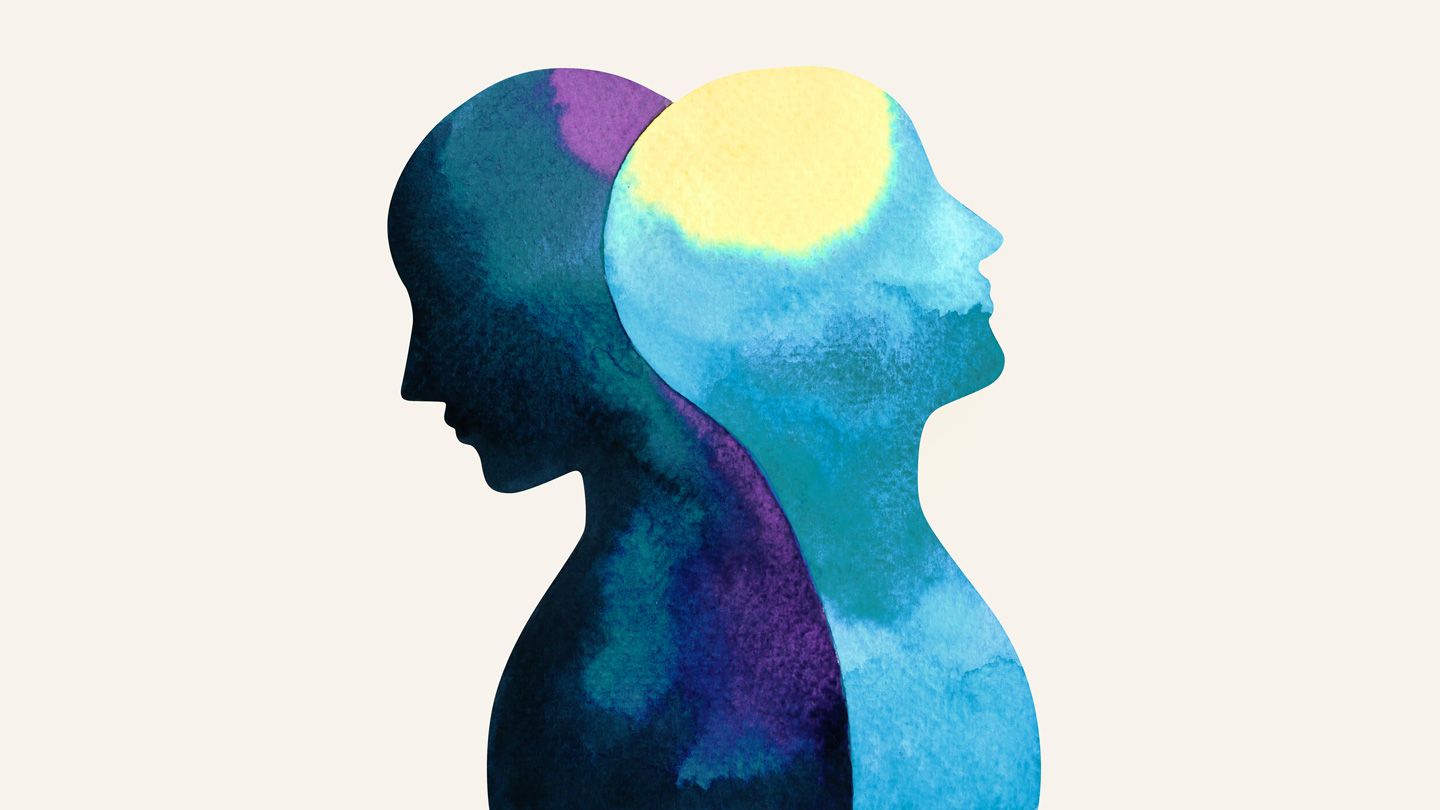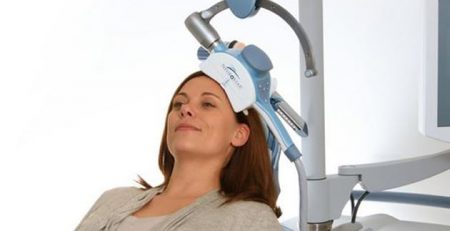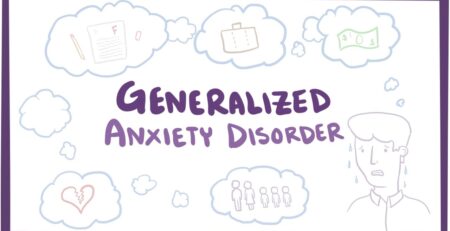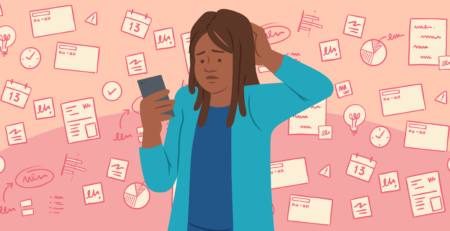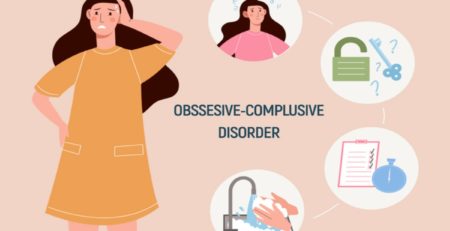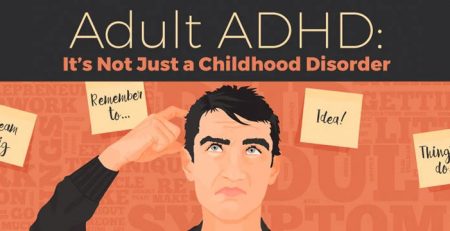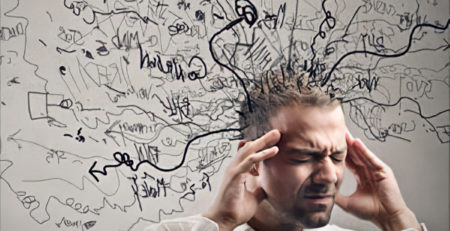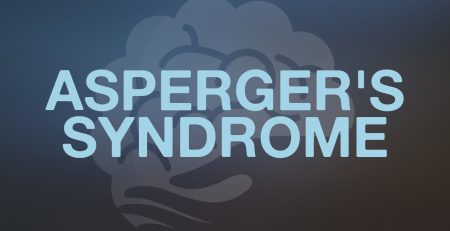Adult Bipolar Disorder is a Depressive Illness
Bipolar disorder or manic-depressive illness is a severe brain disorder that results in strange shifts in mood, activity levels, energy, and ability to perform daily tasks. The illness can have severe symptoms, different from daily routine ups and downs.
Many atoms result in poor school and job performance, damaged relationships, and even suicide. However, the disorder is treatable, and people suffering from this illness can restart a healthy and productive life.
The illness that usually co-exists with bipolar disorder is substance abuse. The reasons for this particular link are still unclear, and patients often attempt to treat their disease with drugs and alcohol.
Effects of Bipolar Disorder
The effects of this illness on a patient’s life can range from significant disruption to minor disturbances. The severity of symptoms depends on whether the patient receives a precise diagnosis, including recognizing co-occurring disorders.
Some of the effects of bipolar disorder include:
- Poor school and job performance
- Damaged relationships
- Impulsive decisions leading to financial and legal consequences
- Self-harming behaviors and repetitive self-mutilation
- Suicide, in some extreme cases
The length of the depressive and manic episodes may also affect the patient’s friends, family, and co-workers.
Medication Treatment Options
Medication is an essential part of the overall treatment plan. They may not cure you entirely, but they help you maintain a balanced mood to perform daily activities and live a healthy life. Different types of medicines are used to treat bipolar disorder, and indeed, the best treatment is the one that suits you.
Some commonly used medicines include Divalproex sodium, lithium, Valproic acid, Carbamazepine, etc. Also, drugs known as antipsychotic medicines, including Loxapine, Haloperidol, or Risperidone, are famous for treating bipolar disorder.
Mood swings are common for everyone but imagine intense highs and lows that interfere with your daily activities, relationships, and work. Bipolar disorder is a neurological condition affecting around 2.8% of American adults yearly. Although most people think of bipolar disorder as a manic-depressive illness, where patients alternate between extreme highs and lows, bipolar disorder is more complex than that. This blog post aims to shed light on bipolar disorder as a depressive illness and how it can affect adults.
What is Bipolar Disorder?
Bipolar disorder is a mental health condition that impacts a person’s moods, energy, activity levels, and ability to function. It manifests in two major types – bipolar I disorder and bipolar II disorder.
Bipolar I disorder is characterized by mood episodes ranging from mania to depression. During a manic episode, people may experience high energy, euphoria, decreased need for sleep, impulsive behavior, and grandiosity, leading to reckless decisions. In contrast, during a depressive episode, people experience extreme sadness, hopelessness, fatigue, lack of motivation, and suicidal thoughts.
Bipolar II disorder is a less severe form of bipolar disorder but is equally disruptive. People with bipolar II disorder experience episodes of hypomania, less intense than mania, and depression.
Bipolar Disorder as a Depressive Illness
The term “depressive illness” refers to a mental health condition that primarily affects someone’s mood to produce symptoms of depression. When discussing bipolar disorder, it is essential to understand that people with bipolar disorder spend more time in the depressive phase than manic episodes. Studies indicate that individuals with bipolar disorder spend up to twice as much time in depressive episodes compared to manic ones. During the depressive phase, individuals with bipolar disorder may need medication, psychotherapy, self-care, and social support to manage their symptoms.
How Bipolar Disorder Impacts Adults
Bipolar disorder can affect anyone regardless of age, race, or sex. However, it is usually diagnosed during late adolescence or early adulthood. When an adult has bipolar disorder, they are likely to experience difficulties in their personal and work life. For instance, an adult may isolate from family and friends due to extreme sadness or have problems working, resulting in poor work quality and attendance. Low mood and lack of interest can take a toll on hobbies the adult once enjoyed, and hygiene habits may decline, leading to other health problems.
Diagnosis and Treatment of Bipolar Disorder
Diagnosis of bipolar disorder requires an evaluation by a mental health professional to have a thorough understanding of the symptoms, medical history, and family history. Treatment options for bipolar disorder include medication, psychotherapy, and self-help approaches. Mood stabilizers, antidepressants, and antipsychotics can help manage symptoms, but following the medication regimen accurately is crucial. In addition, cognitive-behavioral, interpersonal, or group therapy can help individuals with bipolar disorder learn coping strategies to manage depressive and manic symptoms. Self-help approaches such as exercise, a healthy diet, good sleep hygiene, and social activities can help adults stabilize their moods and avoid relapses.
Bipolar disorder is a severe and complex illness affecting millions of Americans yearly. While bipolar disorder is often considered a manic-depressive illness, its depressive phase can be more challenging. If you or someone you know has bipolar disorder, seek out professional help, which can lead to the best outcomes for successful treatment. The road to recovery is not easy, but individuals with bipolar disorder must receive the correct diagnosis, guidance, and support necessary to manage their symptoms and improve their quality of life.

